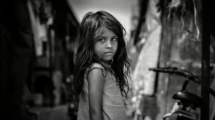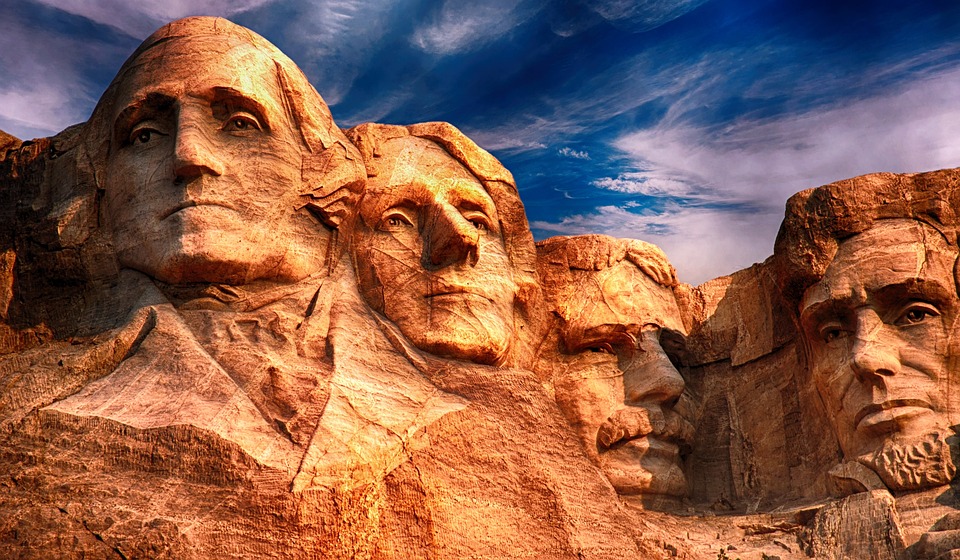Kosovo’s Historical Figures: Icons of Resistance and Change
Introduction
Kosovo, a small landlocked territory in the Balkans, has a rich tapestry of history intertwined with the struggles for identity, sovereignty, and resistance against oppression. Its unique geographical position has made it a crossroads of different cultures and powers throughout the centuries. Many historical figures have emerged from this region, serving as icons of resistance and change. This article explores these figures, their contributions, and the impact they’ve had on Kosovo’s history.
Historical Context
Understanding the significance of Kosovo’s historical figures necessitates a brief review of the region’s tumultuous history. The area has seen invasions and migrations from various peoples, including Illyrians, Romans, Byzantines, Ottomans, and more recently, modern national states. Each of these waves has left an indelible mark on Kosovo’s cultural and political landscape.
The late 20th century brought about a critical turning point for Kosovo, with the disintegration of Yugoslavia leading to conflict and eventual independence. Historical figures from both the pre-20th century era and during the Kosovo War represent the spirit of resistance and the quest for identity and justice.
1. Skanderbeg (Gjergj Kastrioti)
One of the most iconic figures in Albanian and, by extension, Kosovar history is Skanderbeg (1405-1468), a nobleman and military commander who led a rebellion against the Ottoman Empire. Although his life predates the modern concept of Kosovo, his legacy resonates deeply with Kosovars today.
Skanderbeg is celebrated for his unwavering resistance against Ottoman forces, even managing to unite various Albanian principalities against a common enemy. His legendary exploits, including numerous victories at the Battle of Torvioll and the Siege of Krujë, have turned him into a national hero, symbolizing the struggle for freedom.
Skanderbeg’s impact extends beyond military tactics; he is also viewed as a cultural icon and source of inspiration. His story has been immortalized in literature, folklore, and art, reinforcing a sense of Albanian identity that transcends borders.
2. Ibrahim Rugova
Ibrahim Rugova (1944-2006) is often referred to as the "father of Kosovo’s independence." As a leader of the non-violent resistance against Serbian rule during the 1990s, Rugova advocated for the peaceful pursuit of self-determination for the people of Kosovo.
His strategy of passive resistance, including the establishment of parallel institutions and a government-in-exile, sought to create a Kosovo that could negotiate its future without resorting to violence. Rugova’s leadership during this turbulent period inspired many Kosovars to remain resilient in the face of oppression.
Following the Kosovo War, Rugova played a significant role in the transition toward independence and the subsequent democratic processes in Kosovo. His vision of a multi-ethnic society, while complicated by ongoing tensions, remains an integral aspect of Kosovo’s identity.
3. Adem Jashari
Adem Jashari (1955-1998) is a pivotal figure in the narrative of Kosovo’s most recent struggle. As a founding member of the Kosovo Liberation Army (KLA), he represents the armed resistance against Serbian oppression during the late 1990s.
Jashari became a martyr to many Kosovars when he was killed during a brutal siege by Serbian forces in March 1998, alongside his family. His home in Prekaz became a symbol of sacrifice and resistance, drawing attention to the plight of Kosovars during the conflict.
In many ways, Jashari embodies the spirit of rebellion, standing for those who fought for their right to self-determination. Monuments and memorials dedicated to him throughout Kosovo serve as a reminder of his contributions to the fight for freedom.
4. Mother Teresa
While not born in Kosovo, Mother Teresa (Anjezë Gonxhe Bojaxhiu) has a strong emotional and cultural tie to the region. Born in Albania, her family’s roots are traced back to Kosovo. Known for her humanitarian efforts and dedication to the poor, she has become an international icon of compassion.
Her legacy resonates with Kosovars, particularly in how she transcended national boundaries to become a symbol of hope and goodwill. Mother Teresa’s message of love, peace, and service continues to inspire many in Kosovo, fostering a sense of unity in a region still grappling with its identity following years of conflict.
5. Kosovo’s Cultural Icons
Beyond political and military figures, Kosovo’s historical landscape is dotted with artists, writers, and intellectuals who have contributed to the cultural fabric of the nation and provided a voice during times of turmoil.
A. Ismail Kadare
Ismail Kadare (b. 1936) is one of the most esteemed writers in the Albanian-speaking world. His works often explore themes of nationalism, identity, and the historical struggles of the Albanian people. Kadare’s novels not only reflect the complexities of life in Kosovo but also serve to preserve the region’s literary heritage.
His international acclaim, including nominations for the Nobel Prize in Literature, has brought global attention to the cultural issues in the Balkans. Kadare’s books serve as a testament to the resilience of the Albanian spirit, often drawing on historical events that resonate deeply within Kosovo and its narrative.
B. Fadil Hoxha
A lesser-known but significant figure is Fadil Hoxha (1939-1999), an artist whose works captured the changing landscape of Kosovo through the lens of conflict and peace. His paintings often depicted the struggles of ordinary people in the war-torn region, providing a visual representation of the cultural scars left by violence.
Hoxha’s influence extends beyond art; he played a crucial role in advocating for cultural identity and preservation during a time when it was under threat. His legacy continues through art exhibitions and educational programs that emphasize the importance of art in advocating for peace.
6. Modern Influencers
In the 21st century, Kosovo has seen the rise of new figures who continue to shape its identity and advocate for its interests on the global stage.
A. Hashim Thaçi
Hashim Thaçi (b. 1967), who played a prominent role in the Kosovo Liberation Army, later became a key political figure in post-war Kosovo. Serving as Prime Minister and later as President, he sought to establish Kosovo’s place in the international community.
While his tenure is not without controversy, Thaçi’s contributions to Kosovo’s recognition and state-building efforts are undeniable. He engaged in critical dialogues with various nations and organizations to secure recognition for Kosovo, highlighting the complexities of statehood in the 21st century.
B. Vjosa Osmani
As the first female President of Kosovo, Vjosa Osmani (b. 1982) represents a new generation of leaders advocating for social justice, gender equality, and strengthening Kosovo’s position in international frameworks. Her leadership embodies the aspirations of many citizens for a modern, democratic, and inclusive society.
Osmani’s rise is significant in a country where traditional gender roles have often limited women’s participation in public life. By assuming a leadership role, she serves as a symbol of change, inspiring younger generations to engage actively in governance and societal development.
Conclusion
The historical figures of Kosovo serve as icons of resistance and change, shaping the region’s cultural, political, and social landscape throughout the centuries. From legendary heroes like Skanderbeg to modern leaders like Vjosa Osmani, each figure adds layers to Kosovo’s identity.
As Kosovo continues to navigate its path toward greater recognition and stability, the stories of these icons remain vital. They inspire not only resilience against adversity but also the pursuit of a peaceful and inclusive society. Understanding and honoring these figures fosters a sense of unity and hope for the future, something that remains crucial in a region still grappling with its past.
In honoring Kosovo’s historical figures, we can appreciate the ongoing struggle for self-identity and the quest for peace—a testament to the strength and spirit of its people.
References:
- Misha, A. (2010). Kosovo: A Historical Overview. Pristina: University of Pristina Press.
- Gervasi, A. (2013). Skanderbeg: The Albanian National Hero. Tirana: Institute of Albanian Studies.
- Rugova, I. (2005). A Strategy for Kosovo’s Freedom. Tirana: Albanian Political Review.
- Kadare, I. (2006). The Palace of Dreams. London: Harvill Secker.
- Osmani, V. (2021). Women in Politics: The Case of Kosovo. Pristina: Kosovo Institute of Political Studies.
This exploration provides a glimpse into the rich narrative of Kosovo’s historical figures who personify its enduring struggles and aspirations for the future.


























Add Comment